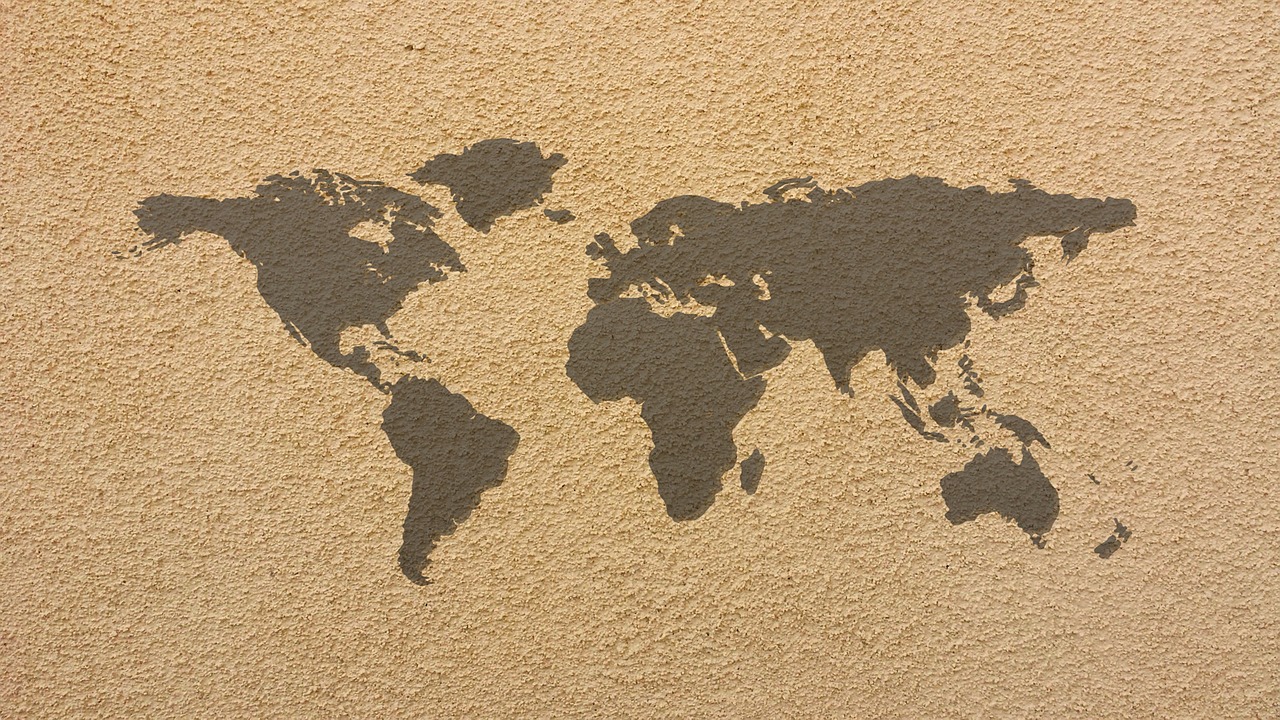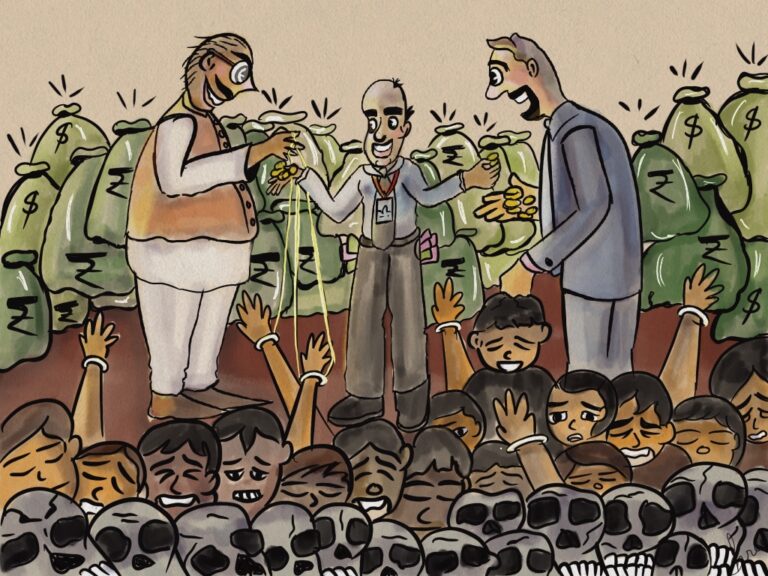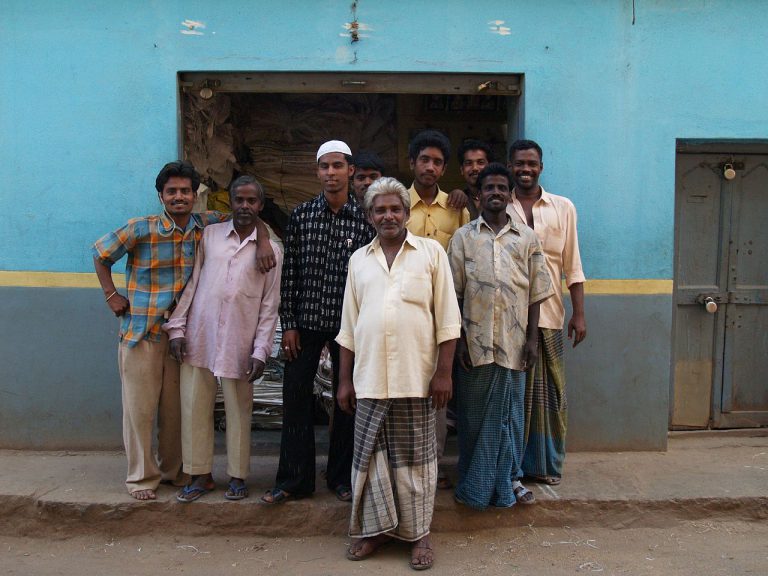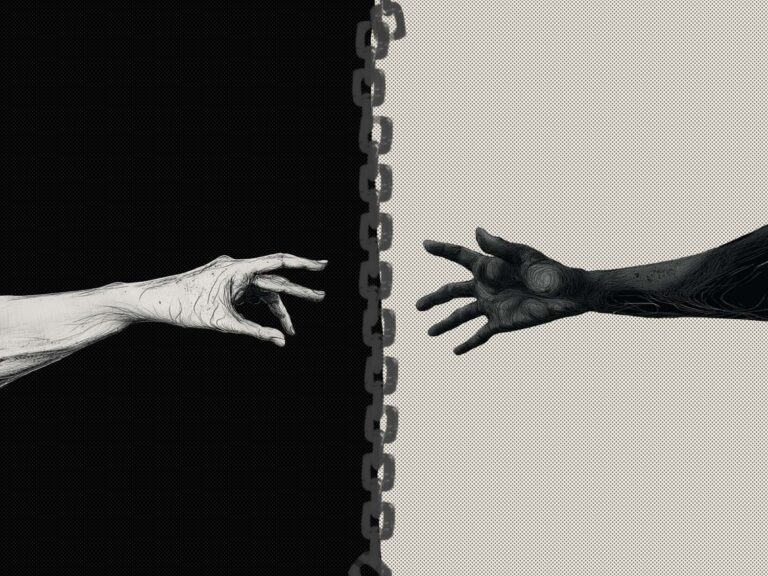Why the world needs a new non-aligned movement
Anuraag is a ‘Contributing Writer’ at The ArmChair Journal.
Official info- A student pursuing PhD in International Politics (IP), School of International Studies (SIS), Central University of Gujarat (CUG)
Unofficial ‘True’ intro -A Homo Sapien from Guwahati trying to jot down a few lines on history, politics, international relations and short stories. Sometimes likes to rant like a frustrated millenial of the climate change and n- COVID world.
In the current age of International Relations and the global world order, the idea of Non-Aligned Movement (NAM) exists only in name. At the very outset, I would be mocked for even daring to imagine a NAMic world. With the resurgence of three superpowers in the international scenario- US, Russia and China, and followed by countries like Japan, South Korea, India, Brazil, South Africa and certain countries of the ASEAN etc the question of non-alignment is at most impractical and economically, military dangerous position one can aspire to.
This is buttressed by the fact that we live in the ‘Age of Capital’ (borrowed from Eric Hobsbawm) – precisely the financial capital which is the glue holding together the world economic system and often deters rivals (such as US and China) from confronting each other militarily. Again by the virtue of the concerns of financial capital, countries (or financial empires) joust with each other in the market, trade, backing of opposing parties within, etc.
As a result of the jousting, what get crushed between are indigenous communities, human rights, people’s movements and self-determination struggles. The focus here today would be on the last victim of ‘international jousting’ i.e. self determination movements and occupied regions. The gladiator matches between the empires also include the realm of geo-politics. The geo-political games are often played in the area of ‘contested’ territories- Tibet, Kashmir & Ladakh, North-East, Balochistan, East Turkestan, West Papua, Kurdistan, Palestine etc. Hence the narratives in the policy, public sphere and media surrounding these regions are framed only in terms of the ‘great powers’- Kashmir as an Indo-Pakistan tussle, North-East as a Sino-Indian affair, Tibet and East Turkestan as Chinese affairs, Kurdistan as a Middle-Eastern or increasingly Turkish problem.
No single mainstream discourse is ready or willing to acknowledge the agency or the narratives often subsumed within the great power politics and their hegemonic discourses. As a result of such utter negligence in world platforms like the United Nations, United Nations Security Council (UNSC) etc these regions and their aspirations are not given due attention. Instead these are merely put down as ‘Islamic terrorism’ (Kashmir, East Turkestan, Kurdistan), ‘Western-inspired conspiracy’ (Tibet, Hong Kong), Insurgency with possible external aid (North East, Kashmir) etc.
The ‘Card’ diplomacy

Apathy does not stop at mere downplaying or the restriction of platforms to voice opinions. It is also evident in the terminologies used in policy circles and think tanks. This trend is embodied by the usage of the term ‘card’ to refer to these regions. For instance Indian foreign policy makers often talk of using the ‘Tibet Card’ whenever China brings out the issue of Kashmir in the UN. Conversely, China and Pakistan often pull out the “Kashmir Card” to disturb India. Here the entire experience and unique history and culture of a community are reduced to a ‘card’.
Such dehumanization and reduction of entire communities also exacerbate the general ignorance and neglect of the aspirations and voices of the ‘contested regions’. At this point one might provide counterexamples of ‘great powers’ coming to their conscience and offering their support to such embattled communities. For instance India’s long standing support to the Tibetan community in exile, USA’s support to the Tibetan as well as the pro-democracy Hong Kong protests, Turkey’s protest against Uighur detentions etc. However the glitter of trade deals or the compulsions of bilateral agreements are often enough for countries to take a u-turn on these events.
For instance- the cancellation of the 60th Tibetan exile anniversary celebration in India and the recent arrest of Tibetan activists during the Modi-Xi Summit, the shifting stances of China with regard to Kashmir, the US withdrawal out of Syria leaving Kurdish soldiers exposed to Turkey’s military clampdown, the largely mute stand held by Middle-Eastern countries and Pakistan (part of the OBOR) on the mass-scale detention of Uighurs etc- human rights and principles are thrown off the window when moral stance taken by governments undermine their share of profit in the world market.
Again the support and solidarity extended by states often comes with the dilemma of hypocrisy. The US ‘s support for the Hong Kong pro-democracy movement often brings to question the US attitude towards movements in its domestic front such as the Dakota pipeline protests by members of the native American community or the sincerity of US commitments to democracy given Trump’s recent admiration for military leaders like Fateh Sissi of Egypt. Similarly Erdogan’s support for Kashmir or the protest against the clampdown in East Turkestan is marred by its own record of the treatment of the Kurdish population within the Turkish borders. And as stated above, China’s record in Tibet, East Turkestan and Hong Kong looms large over its credibility to speak for Kashmiris. Neither does New Delhi have the moral legitimacy to speak for Balochistan given its checkered history in Kashmir and vice-versa for Pakistan.
De-hegemonizing nation-states

As per a recent article, I came across in the online platform Foreign Policy, a major structural problem which has exacerbated the conflict in ‘occupied regions’ and apathy for the same is the idea of ‘nation-state’. The Westphalian and European idea of nation-state- a community inhabiting a defined territory with fixed boundaries and sharing common language, culture, religion does not leave space for any difference. The ‘other’ i.e. who speaks and practices a different culture as opposed to the dominant one has to be either ‘assimilated’ or removed by force.
Hence the Uighurs who speak Turkish and practice Islam poses a danger to the Chinese state. The Nagas who are culturally and linguistically different from mainland India have to be ‘assimilated’- demands for a separate flag cannot be tolerated. Kurdish self-determination has to be crushed by their annihilation or forceful acceptance of Turkish culture. It is this idea of the nation-state which has continued to plague global politics, popular imagination and academic circles. Such ‘nation-state’ cannot allow for the existence or expression of such non-state, non-‘national’ entities. They have either to be assimilated or annihilated. Also since these entities are not a part of the homogenizing idea of ‘nation-state’ hence they are denied a say or share in the UN and other bodies.
At this juncture, what shall such entities do when legitimate bodies like the UN are closed for them, they are dehumanized or downplayed as ‘terrorists’ and ‘foreign puppets’ and they do not fit within traditional categories of nation-state?
Non-aligned movement: A new strategy

Here I believe comes the idea of the new ‘Non-Aligned Movement’. When spaces of power are closed, one has to carve out space for themselves. During the era of ‘Cold War’, when (seemingly) neutral countries like India, Ghana, Indonesia etc were being increasingly alienated in a world stage divided between the Western and Eastern blocs, they created the Non-aligned Movement (NAM) as a platform to voice their concerns on the world stage without necessarily having to be a part of either camp. It is a different story though on how NAM eventually became part of the US-USSR tussle through its member states.
Coming to contemporary times, all the occupied regions of the world- Tibet, Kashmir, Palestine, Catalonia, East Turkestan, Hong Kong, North East, West Papua, Northern Ireland, Balochistan, Kurdistan etc should form a new NAM of contested regions. Members of the new NAM should refuse to ally with any of the great powers or nation states- powers which have reduced them to ‘cards’ or downplayed their existence for geo-political gains.
The new NAM can join hands with activists, other oppressed communities like women, Black, Dalit, Queer, indigenous populations etc to form a new force in the international arena. The new NAM could evolve as a platform not only for ‘occupied regions’ but as a platform for addressing concerns often swept aside in great-power politics like human rights, environmental degradation, celebration of difference, the ill-effects of globalization and open market etc.
Going on an ambitious level, the new NAM could go to be a ‘moral force’ in an era of international politics marked only by geopolitical concerns and economical gratification. In addition, given that most of these regions are often repository of natural resources, the NAM can attempt to bring back the once failed project of the old non-aligned movement- the New International Economic Order (NIEO). I believe the new NAM can set in motion a new NIEO free from the trappings of IMF, World Bank, AIIB etc and an NIEO in line with human rights and environmental consciousness.
However there remain certain stumbling blocks to the formation of the new NAM. It is often seen that members are often ignorant or apathetic to the movements of their fellows- the popularity of Erdogan as a leader among Kashmiris despite the former’s actions with Kurds, the apathy of North-East towards the situation in Kashmir despite both being AFSPA regions. Again members are often constrained to express solidarity with each other. This can be seen in the Tibetan’s hesitation to voice support for Kashmir on the fear of losing support from the Indian government. Hence the greatest stumbling block is the building of the much needed solidarity for the formation of the NAM.
The second block I believe is the difficulty of putting up a challenge to the world order dominated by the great-powers and nation states. Any such attempts are likely to be nipped at the bud by the nation-states through organs such as the UN and related bodies like the UNSC. At this point the challenge can be addressed by being a part of great-power institutions itself. Similar to the manner in which Indigenous Populations Representatives try to voice out the concerns of such communities in the UN, the new NAM can put forward such Representatives who would voice out concerns of ‘occupied regions’.
Finally the new NAM members have to resolve the internal conflicts within their respective movements. For instance, the Tibetan camps of Rangzen (Independence) and Umay-Lum (Middle Path) must resolve their differences to put forward a concerted stance. Kashmiri divisions of Sunni, Shia, Kargili Muslims, Gujjar etc have to be put behind in the movement. The North-East factions of Naga, Kuki, Mizo, Bru, Chakma etc have to unite put forward their voice against exploitation by New Delhi.
At last, the author is no expert on International Relations and the ideas outlined above might sound idealistic or utopian. Yet I believe no rule of the nation-state or the international protocol applies on imagination. The above attempt was a mere dream which once struck the author tired of this self-centred, realist world order. Every movement began with a dream or utopia. Perhaps this dream is for the movement of an alternate, non-nation state global order.
Anuraag Khaund is a Delhi-based writer, and a student of Liberal Arts.
Featured Image Credits: Needpix








